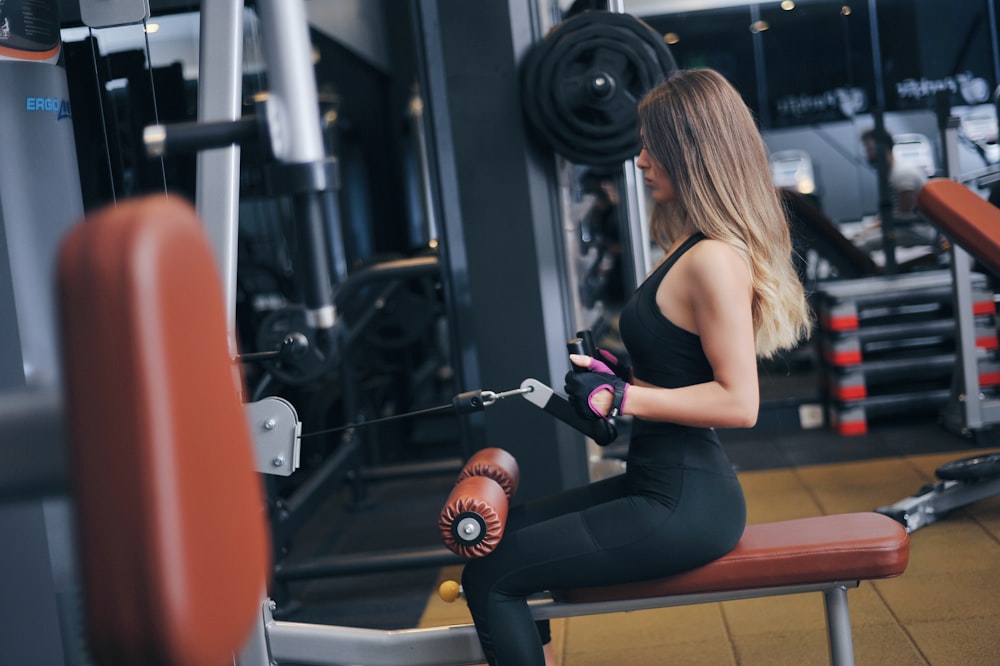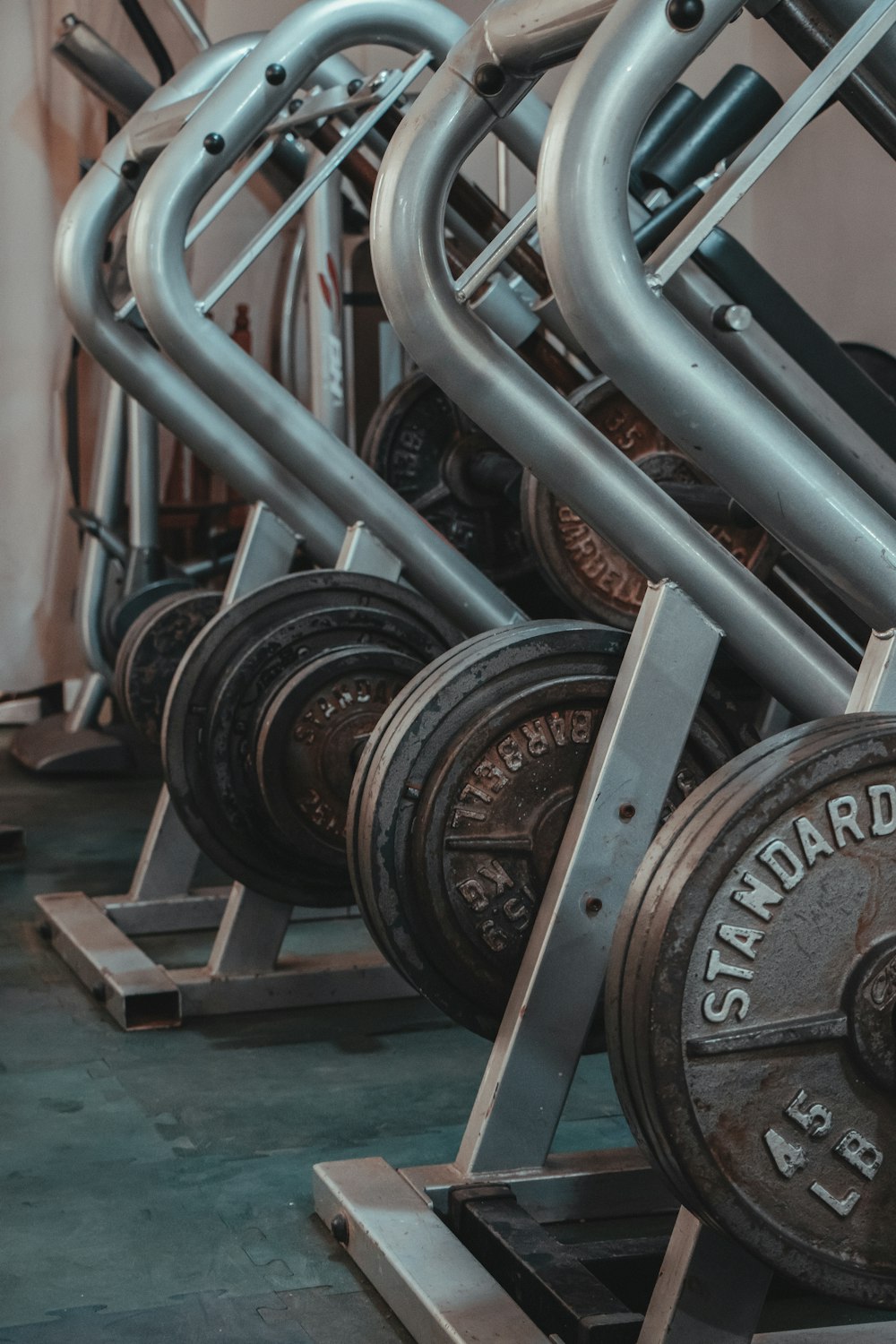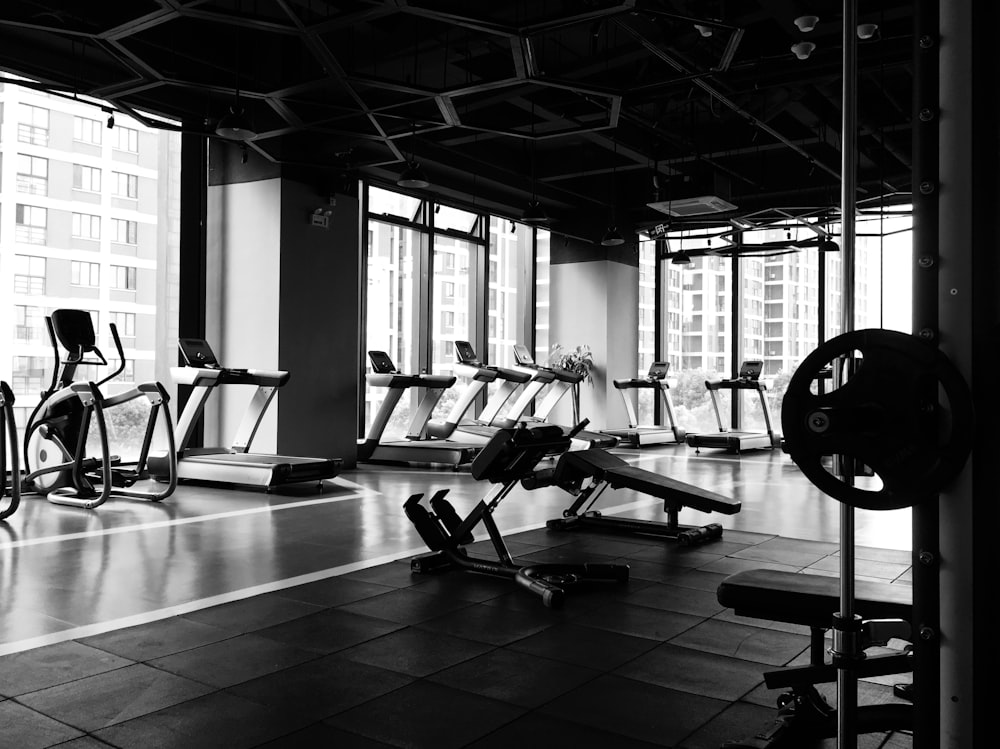What is a Multi Gym?
A multi-gym is a type of exercise equipment that allows the user to perform a variety of exercises on a single machine. Multi-gyms can be a convenient and space-saving option for home gyms, as multi gyms can be considered an ‘all in one’ gym, offering a wide range of exercises in a single machine.
Multi gyms are certainly less versatile compared with a full gym, but allow you to workout your chest, arms, back, and legs that’s convenient and easier for beginners compared with using free weights.
How Does a Multi Gym Work?
A multi gym typically includes a variety of weightlifting equipment, such as a cable station, weight stack, and pulleys, that allows users to perform a wide range of exercises. The different stations and attachments can be adjusted to target specific muscle groups and provide a full-body workout. Users can typically adjust the weight resistance and perform exercises such as bench press, lat pulldowns, leg extensions, and more. Some multi-gyms also include additional features such as a leg press or pull-up station. The user can switch between different exercises by adjusting the machine and using the different stations.
What are Sets and Reps?
“Sets” and “reps” are two common terms used in weightlifting and resistance training.
A “set” refers to a group of consecutive repetitions of a specific exercise. For example, if you are performing 3 sets of 12 reps of bicep curls, you would be completing 36 total reps of bicep curls (3 sets x 12 reps = 36 reps).
“Reps” stands for “repetitions” which is the number of times you perform a particular exercise in a set. For example, if you perform 12 reps of bicep curls, you would be curling the weight 12 times.
The combination of sets and reps determines the overall volume of a workout and the muscle adaptation that will happen. The number of sets and reps and the weight used will also depend on the goal of the workout. For example, a workout aimed at muscle endurance will typically have a higher number of reps with a lower weight, while a workout aimed at muscle strength will have a lower number of reps with a higher weight.
How to Select the Right Weights?
Selecting the right weight for a multi-gym workout can be a bit tricky, especially for beginners. Here are a few things to consider when selecting the weight:
- Always start light: It’s always best to start with a lighter weight and gradually increase it as you become more comfortable with the exercise and your form improves. This will help prevent injury and ensure that you are focusing on proper form.
- The last rep: You should be able to complete the last rep of each set with good form, but it should be challenging. If the last rep is too easy, the weight is too light. If you can’t complete the last rep with good form, the weight is too heavy.
- Muscle fatigue: The weight should be heavy enough that by the time you reach the last rep, you should be feeling it in your muscles, but not be in pain. This is a sign that you are working the muscle to fatigue.
- Increase gradually: As you get stronger, gradually increase the weight in small increments (1 – 2kgs) to continue challenging your muscles.
- Listen to your body: Pay attention to how your body feels and adjust the weight accordingly. If you are feeling too fatigued, decrease the weight. If you are feeling like you could do more, increase the weight.
It’s important to remember that the right weight will be different for each person and each exercise. It’s always best to start light and gradually increase the weight over time as you become more comfortable with the exercise and your form improves.
Warm up
A good warm-up before a workout is crucial to prepare your body and reduce the risk of injury. Here are a few examples of warm-up exercises that you can do before starting a workout:
- Cardio: 5-10 minutes of light cardio such as jogging in place, jumping jacks, or cycling can help to increase your heart rate and blood flow to your muscles.
- Dynamic stretching: Dynamic stretching involves moving your muscles through their full range of motion. Examples include leg swings, arm circles, and torso twists.
- Bodyweight exercises: Doing a few sets of bodyweight exercises like squats, lunges, or push-ups can help to activate your muscles and get them ready for a workout.
- Specific warm-up: If you are going to focus on a specific body part, warm-up with some light weights or resistance bands, this will help to get the blood flowing to that area and help you to get the most out of your workout.
It’s important to note that a warm-up should be tailored to your individual needs and the type of workout you’ll be doing, and that a proper warm-up should last around 5-10 minutes.
Basic Multi-Gym Workout
- Chest press: Adjust the seat and backrest to a comfortable position and select the appropriate weight. Grasp the handles and press them forward until your arms are fully extended. Slowly lower the weight back to the starting position.
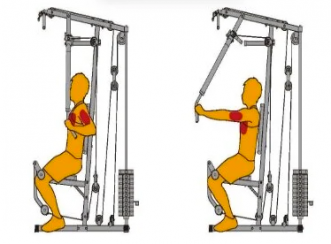
- Lat pulldown: Adjust the knee pad so that it’s snug against your thighs. Reach up and grasp the bar with a wide grip, keeping your palms facing away from your body. Engage your core muscles and pull your shoulder blades down and back. Keeping your torso stationary, use your back muscles to pull the bar down towards your chest. Pause at the bottom of the movement, then slowly return the bar to the starting position.
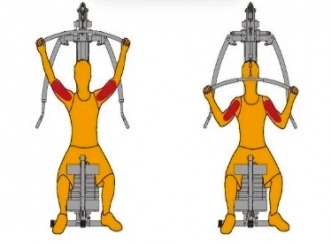
- Leg extension: Place your feet under the pads and adjust the position of the pads so that they’re in line with your lower legs. Sit up straight and engage your core muscles. Using your quadriceps, extend your legs, pushing the weight stack upward. Keep your knees in line with your toes and avoid locking them at the top of the movement. Slowly lower the weight stack back to the starting position.
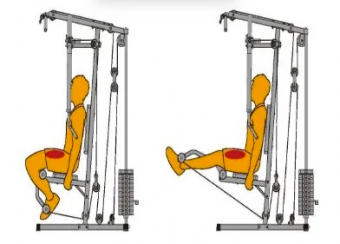
- Seated row: Adjust the seat and chest pad to a comfortable position and select the appropriate weight. Grasp the handles and pull them towards your body, squeezing your shoulder blades together. Slowly release the handles back to the starting position.
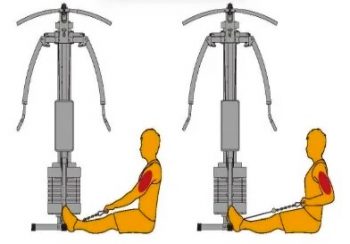
- Bicep curl: Adjust the seat and backrest to a comfortable position and select the appropriate weight. Grasp the handles and curl your arms towards your shoulders. Slowly lower the weight back to the starting position.
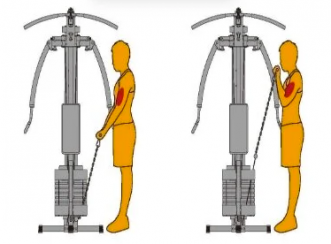
- Tricep extension: Adjust the seat and backrest to a comfortable position and select the appropriate weight. Grasp the handles and extend your arms above your head. Slowly lower the weight back to the starting position.
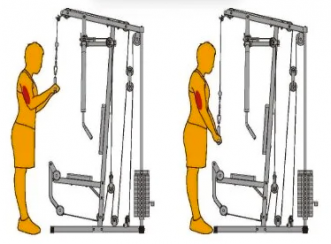
It is important to note that this is a basic workout guide and that you should always consult a trainer or professional for personalised workout plan and help with proper form. Remember to always start with a warm-up, and it is recommended to vary your workout routine after a period of time.
Multi Gym Workout for Beginners
The above exercises are suitable for beginners who are new to weight training and using a multi-gym. However, it’s important to note that everyone’s fitness level and goals are different, and it’s always best to consult with a trainer or professional to design a personalised workout plan that is tailored to your individual needs.
It’s also important for beginners to start with light weights and focus on proper form to avoid injury. As you get stronger and more comfortable with the exercises, you can gradually increase the weight and difficulty level.
It’s also important for beginners to focus on overall fitness, which includes cardio and flexibility as well, therefore a well-rounded fitness routine that includes resistance training, cardio, and stretching is recommended.
It’s also important for beginners to start slowly and gradually increase the intensity and duration of their workouts over time. Starting with 2-3 days a week of weight training and gradually increasing to a full-body workout 3-4 times a week is a good place to start.
Multi Gym Workout Plan for Advanced Users
Here are a few ways an advanced user may enhance their multi gym workout approach:
- Progressive overload: This refers to gradually increasing the weight, reps, or difficulty level over time. This helps to continually challenge the muscles and promote muscle growth and strength.
- Periodisation: Periodisation is the practice of structuring a workout program in cycles, usually weeks or months, to target specific goals and avoid over-training. An advanced user may also use different training methods such as drop sets, supersets, and circuit training, to keep the workout challenging.
- Specificity: You can tailor your workout to specifically target goals such as increasing muscle mass, strength, or endurance.
- Variety: You can begin to incorporate a variety of exercises and equipment into their workout routine to target different muscle groups and prevent boredom. Free weights can be incorporated into your routine.
- Recovery: With increased workout intensity or frequency, a focus on recovery becomes very important. Include rest and recovery days in your workout routine, and incorporate recovery techniques such as foam rolling, stretching and massages.
It’s important to remember that every person is different, and what may be advanced for one person may not be for another. It’s always best to consult with a trainer or professional to design a personalised workout plan that is tailored to your individual needs, goals, and fitness level.
Written by Elite Fitness Team,
Updated February 2023

